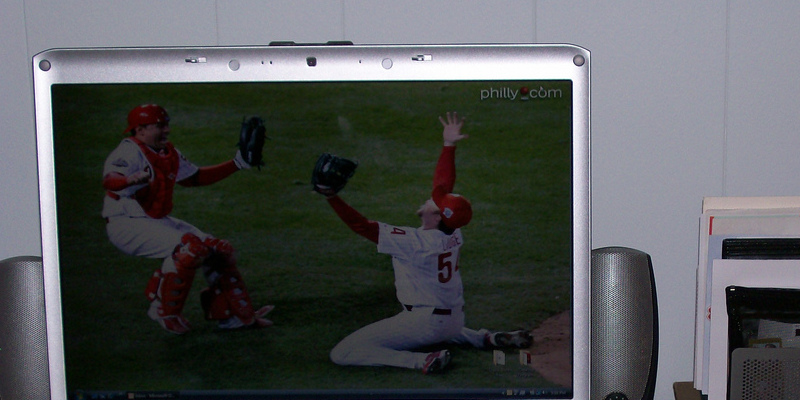Quite a few mental images come to mind when hearing the word “column,” meaning a freestanding vertical intended as a service. The Classical Orders — round, tapered columns of Doric, Ionic, or Corinthian — may come to mind, as can the slim pilotis of the Modernist cannon or the tapered square columns located on bungalows.
What probably do not come to mind are the images that follow: splayed columns, tree-like columns (or in some cases literally tree trunks used as columns) and so on. These examples point to the column serving more than its initial function, be it architecturally, or even metaphorically.
Chang + Sylligardos Architects
The second floor of this house projects dramatically over the lower floor. Rather than a cantilever, which necessitates sizable construction to support, the endings are supported on spindly columns grouped in threes and spread apart as they grow. Why? These columns function to lower lateral forces (wind, for the most part) which operate on the top volume in various directions. But seen from within the house …
Chang + Sylligardos Architects
We see the way the thick members echo the trees outside. This roots the house in its own location and enables the columns to operate with the environment rather than from them.
DWYER DESIGN
Another tree-like column are located within the appropriately named Radius House designed in the 1950s by a student of Frank Lloyd Wright. The steel poles coil up to purlins which support the rafters that adheres to the exterior walls, seen within the next photograph.
DWYER DESIGN
Some additional steel poles can be observed near the perimeter: behind beams that traverse doors, for instance. This house echoes Frank Lloyd Wright’s thinking, but instead of a fireplace, the hearth is this structural spiral concerning which the house pivots.
Jay Hargrave Architecture
This house in Austin, Texas features predominantly solid walls of stone and concrete. However, a part of the house uses glass walls to overlook the dramatic pool. A projecting roof is supported with a truss-like column which becomes an intriguing object in itself.
Bamesberger Architecture
This house near Lake Michigan is covered in timber planks and copper siding; the latter is on the next floor. The patina of the latter will give the whole house a tree-like look with green over the wood foundation. Note an old shrub used as a service near the entrance in the left-center of the photograph.
Bamesberger Architecture
Another look of the house near Lake Michigan shows this tree-column to be echoing the trees status around the house. Envision this view with a green patinaed next floor, and it will seem as if they symbolically substituted a shrub which had to be eliminated in the house’s construction.
Bamesberger Architecture
Here is another tree trunk used as a column, in this instance to support a very long entrance canopy.
Ashford Associates
And yet another tree-trunk column near the entrance. These 3 examples certainly illustrate that if you are going to integrate such a exceptional feature, it may as well maintain high-traffic areas where folks will see and encounter it regularly.
Sutton Suzuki Architects
These two examples reveal tree-like columns, however, ones left in timber, not steel like the ones at the start of this ideabook. Here timber posts hold bracing connected by beams at the very top. This is another illustration of a column carrying dual duty, encouraging a cantilever in addition to the roofing.
Equinox Architecture Inc. – Jim Gelfat
Similar to the previous one is that this column/bracing that supports a balcony overhead. The bracing resists lateral movement in 1 direction, while the beams over do the job in the vertical direction. Like the others here, it’s a column, however it does a little more than simply supporting what is above it.
More:
Breezeways: Architecture’s Cool Connections
Framing Design: Structural Expression in Steel
Sliding Walls Bring the Outside In
Ribbon Houses, Wrapped in Design
